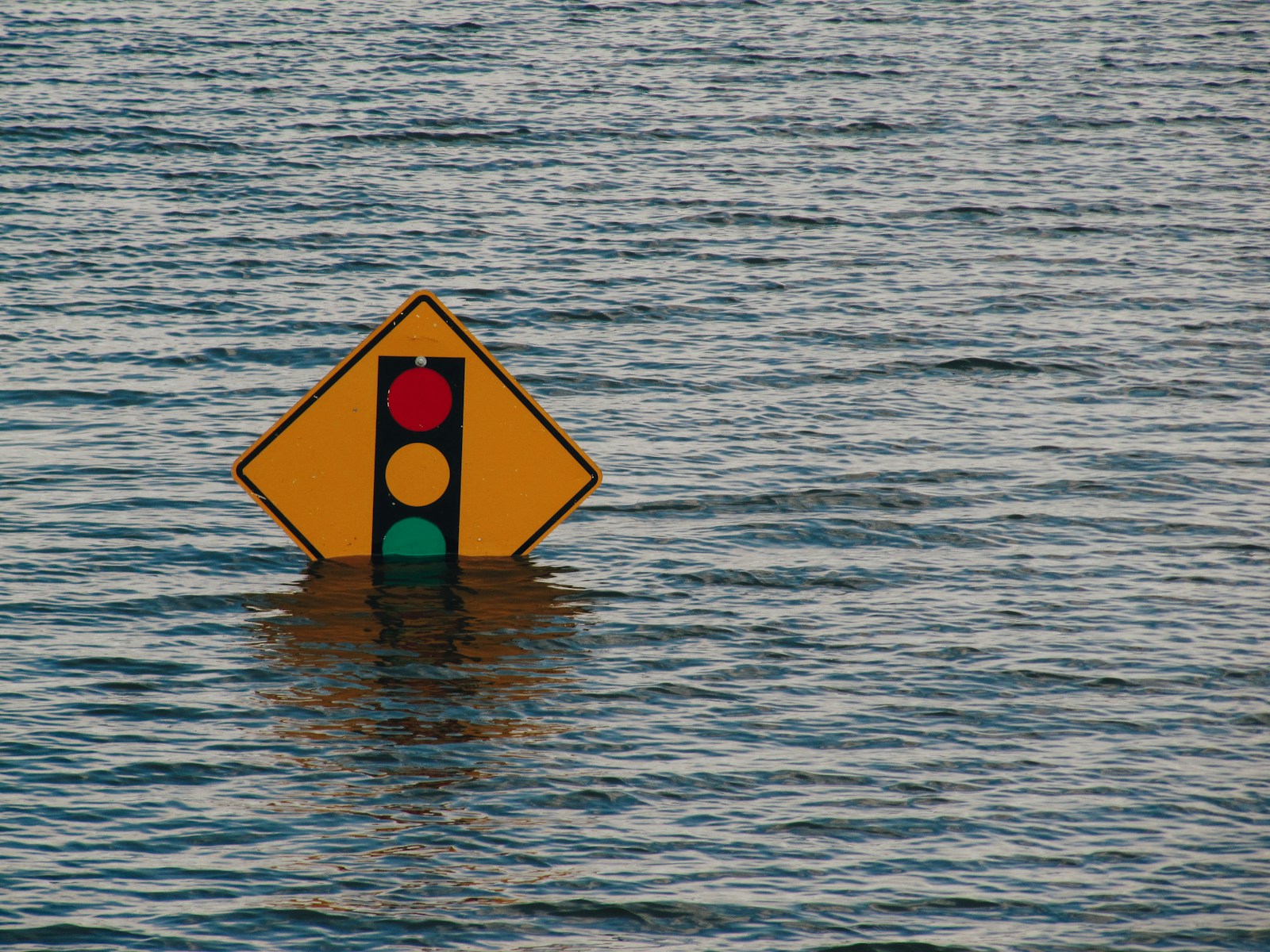
Flood Risk Assessment: How to Determine Your Home’s Vulnerability
Floods—natural disasters with the potential to wreak havoc on communities—underscore the importance of understanding your home’s flood vulnerability. A critical step in disaster preparedness is a flood risk assessment, a comprehensive evaluation that gauges potential flood threats to a specific area. However, while flood risk assessments may be essential, these processes can also be complicated and confusing, making it necessary for you to understand the subject going in.
How Do You Determine Flood Risk Levels? 
A flood risk assessment involves analyzing various factors to determine the likelihood and severity of flooding in a given location. Government agencies, environmental organizations and insurance companies often use flood risk assessment guidance to create comprehensive flood determinations. One crucial component is evaluating an area’s flood hazard and risk assessment, which takes into account historical flood data, land use patterns and the physical details of your property.
Topography plays a pivotal role in flood risk assessments. Low-lying areas or those situated near water bodies are more susceptible to flooding. Utilizing digital elevation models and floodplain maps aids in identifying areas prone to inundation. Additionally, assessing land use patterns helps gauge the impact of human activities on flood risk. Urbanization, deforestation and changes in soil composition can significantly influence an area’s vulnerability.
Understanding flood determinations involves analyzing historical flood data. Agencies collect and analyze information on past flooding events, enabling the identification of flood-prone zones. This historical context contributes to accurate flood risk assessments, allowing homeowners and authorities to make informed decisions regarding land use and infrastructure development.
What Are Common Risk Factors for Flooding?
Several common risk factors contribute to flooding, emphasizing the need for proactive measures, including the following:
- Nearby bodies of water—One of the first and foremost risk factors to consider is often your home’s proximity to water bodies, such as rivers, lakes or coastal areas. Areas near these water sources are at an elevated risk of flooding, especially during heavy rainfall or storm surges. Furthermore, inadequate drainage systems exacerbate flood risks, as they impede the efficient water flow away from residential areas.
- Local weather patterns—Climate plays a crucial role in flood risk, with regions experiencing heavy rainfall, hurricanes or rapid snowmelt facing increased vulnerability. Poorly designed infrastructure, including dams and levees, can also contribute to flood risks. Aging or improperly maintained flood defenses are more likely to fail under extreme conditions, jeopardizing nearby communities.
We’re Here to Help
Understanding your home’s vulnerability to flooding involves a comprehensive flood risk assessment. By being aware of relevant risks and conditions, you can make informed decisions to safeguard your property and finances against the potential devastation of floods.
Contact the team at Allgood Insurance today to learn more about flood risk assessments and how to protect your home.
This blog is intended for informational and educational use only. It is not exhaustive and should not be construed as legal advice. Please contact your insurance professional for further information.
Categories: Blog
